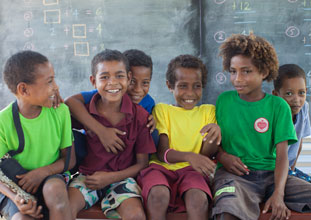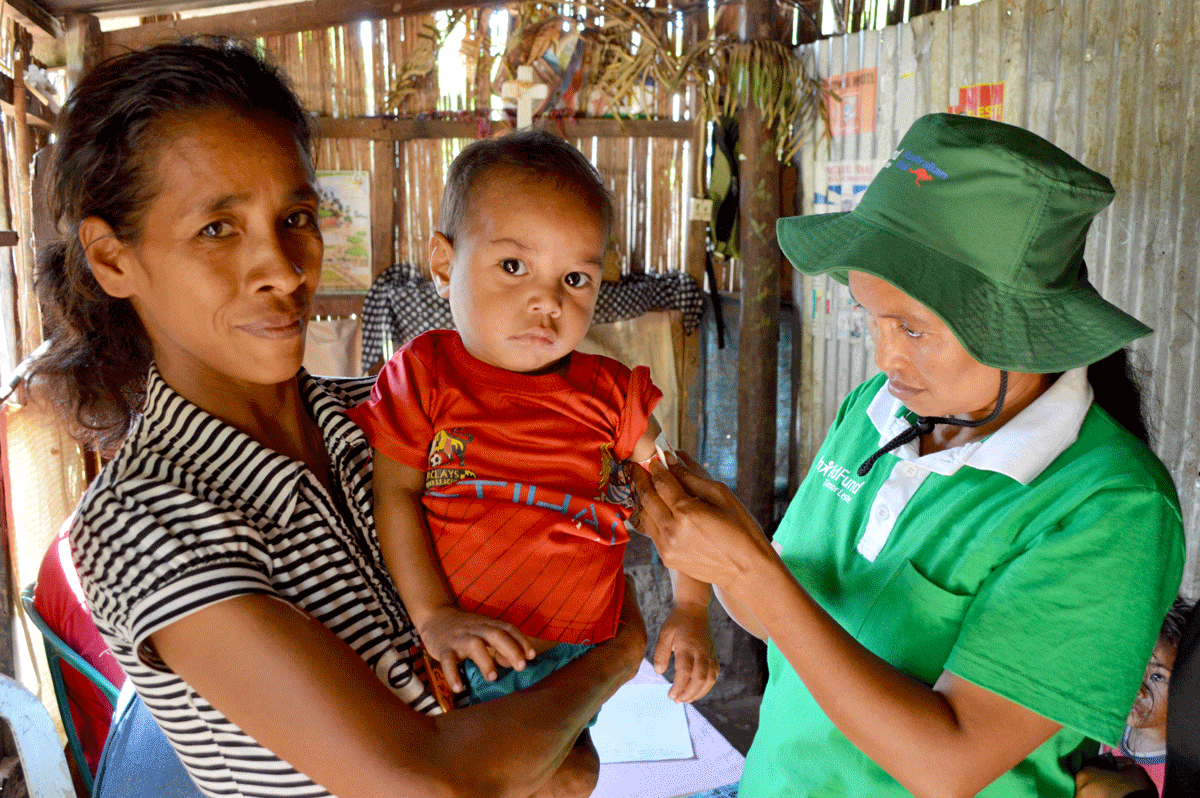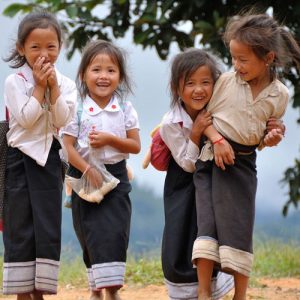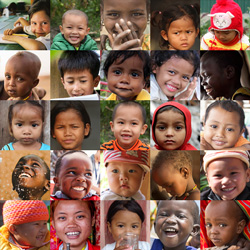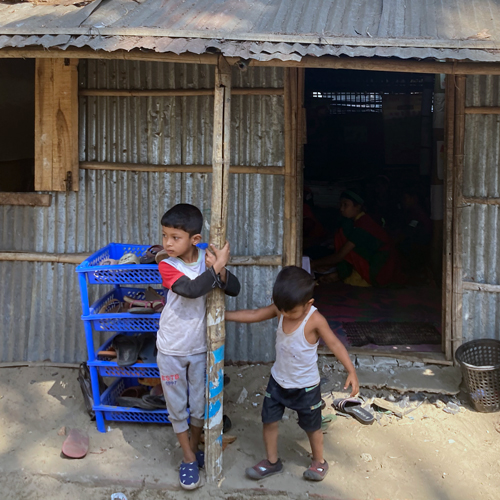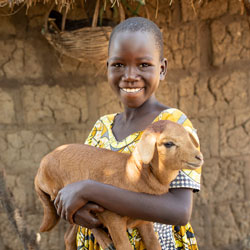March is the time when farmers in Bac Kan start to prepare for a new seasonal rice crop. The new crop takes around four months to grow, from late spring to the end of summer. Right after Tet (Vietnamese New Year) holiday, the farmers in Na It village, Bac Kan start their farming work.
We arrive in Na It village as local people are preparing the soil for the new crop. The process of preparing the soil is one of the hardest tasks that the farmers have to do, along with transplanting rice seedlings and harvesting, before they can hope for a bumper crop.
Vy Huong is one of six ChildFund-supported communes in Bac Kan province. Project activities have been implemented in Vy Huong since the late 1990s. The Building Strong and Resilient Communities program has supported the construction of over 4000 metres of irrigation channels to lead water into the fields for farmers to use for their rice paddies. The system has benefited over 170 households who own fields in the Vy Huong commune. The local commune committee has also appointed a group of officers to work with and train the local project management board to maintain the irrigation system.
“Thanks to the ChildFund-supported irrigation system, which runs from the beginning to the end of the largest field area in the commune, over 80 households in Na It are able to irrigate their fields all year round. We have operated and maintained the system very well for over 10 years. People who own fields in this area really feel thankful and happy. ChildFund project activities have brought about many benefits for our local people,” said Mr Pham Khac Chinh, head of the Na Pai commune and head of the Vy Huong Community Development Committee.
During our visit, Mr Chinh is monitoring the process of irrigating the major field for farmers. When it comes time to prepare for new crops, Mr Chinh often mobilises the local community, especially the youth, to clear up weeds inside the canal to ensure good water flow. “We find it so exciting to see the water running smoothly,” he tells us. “You know, we cannot grow rice without water and only by growing rice do we have enough food for our daily lives.”
Instead of using the buffaloes to draw ploughs, the Vy Huong community now have ploughing machines for their farming work, which significantly eases the work in the fields. Every year each household has two rice crops and two corn crops. The harvested rice is not only for their daily meals but to sell at the market for income to cover other family expenses. Corn is mainly used for rearing pigs and chickens, which also helps to increase household income.
The water runs smoothly in the irrigation system and carries the hope of the local people for a bumper crop in the paddies, which will soon be filled with rice and maize.
